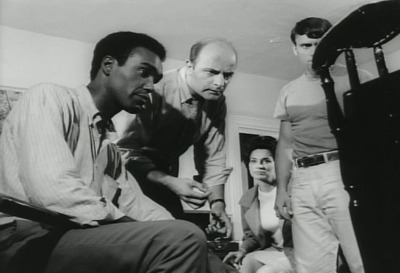I’ve had a while to mull this over. I still think I need to stick to my initial judgement that my students need to be thrown into the unknown sometimes. Anyway, this is my attempt at an autopsy of a dead lesson.
I was stuck with a spread in a (non-academic) reading course for my university students and I asked them whether they wanted to look at something difficult the next week. After a couple of weeks of them breezing through class material it was no surprise that that they said yes.
I used this activity from Anthony Ash’s blog, knowing it was tough. I had the learners think of words they knew about air travel and space travel.
The reading was prefaced by me telling students to just look at it first and black out what you don’t know then modelling that. Only around half the class blacked out a sufficient amount.
So, what the hell was I doing? I wanted the students to have strategies to deal with a difficult text. All students will take numerous TOEIC and TOEFL tests over the next two years. I wanted to give them tools to deal with very difficult texts. The books set by the university are extremely easy so students go into their tests thinking everything will be of a similar level. When that happens it dents their confidence. I thought that if they did it in the classroom then it would be easier to manage these affective factors.
In the end I had to have the students gather around me, see the overwhelmingly black page I had created and try to get the gist, which was successful. We then looked at the comprehension questions which were basically answered well.
What did I learn?
- It’s fine to pitch high but expect to provide a lot of support and positive feedback.
- About 70% of my students don’t like to be challenged as much as they think they do.
- That they are scared to ‘abandon’ sections of text that they cannot comprehend (to which I assign the blame squarely at high school grammar translation lessons).
I don’t see it as an abject failure but, no, the students weren’t as into attacking a text they perceived as impenetrable as I thought they were and so I had to abandon the planned discussion on knock-on effects of technological innovation.
I thought it would be good to write about a failed lesson after putting in my tuppence worth on Robert Lowe’s blog.
